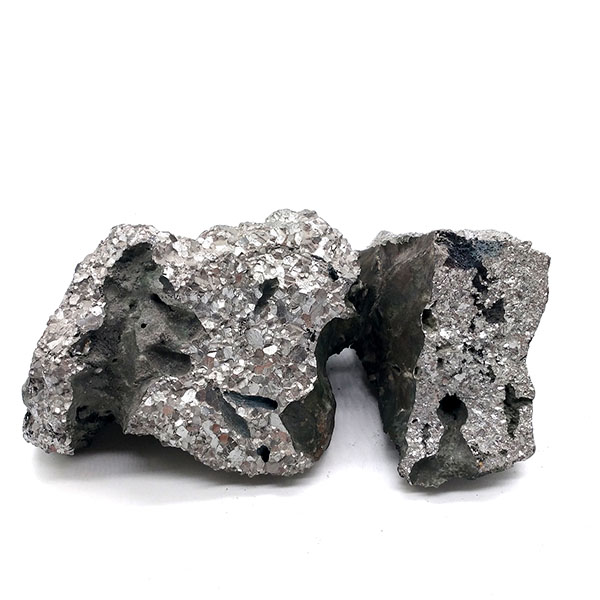Analysis of the difference between high carbon ferrochrome and low carbon ferrochrome
2024-01-25
When it comes to high carbon ferrochrome and low carbon ferrochrome, we have to start with ferrochrome. Ferrochromium is an iron alloy with chromium and iron as its main components. It is one of the main alloying agents used in the steel industry. Ferrochromium has high hardness and good wear resistance. Adding chromium to steel can significantly improve the oxidation resistance of steel and increase the corrosion resistance of steel. Ferrochrome contains 55%-75% chromium. According to different carbon content, ferrochrome can be divided into high carbon ferrochrome, medium carbon ferrochrome, low carbon ferrochrome and micro carbon ferrochrome. So what are their differences?
1. The difference in carbon content
High carbon ferrochromium is an alloy with high hardness and toughness, with a high carbon content, usually above 4%. The carbon content of low-carbon ferrochrome is relatively low, generally between 0.1% and 0.5%.
2. Differences in production processes
The manufacture of high-carbon ferrochrome requires high-temperature conditions, and the furnace temperature is generally above 1600°C, while the manufacture of low-carbon ferrochrome can be carried out at lower temperatures, generally between 1100°C and 1200°C.
3. Differences in uses
Due to its high hardness and strength, high-carbon ferrochrome is widely used in steel smelting, alloy production, refractory materials and other fields. Low-carbon ferrochrome is mainly used in stainless steel, alloy steel and metallurgy.
In summary, high-carbon ferrochrome and low-carbon ferrochrome have different carbon contents, different production processes, and different uses. Therefore, when choosing a suitable ferrochrome product, you need to choose based on specific application scenarios and needs.








